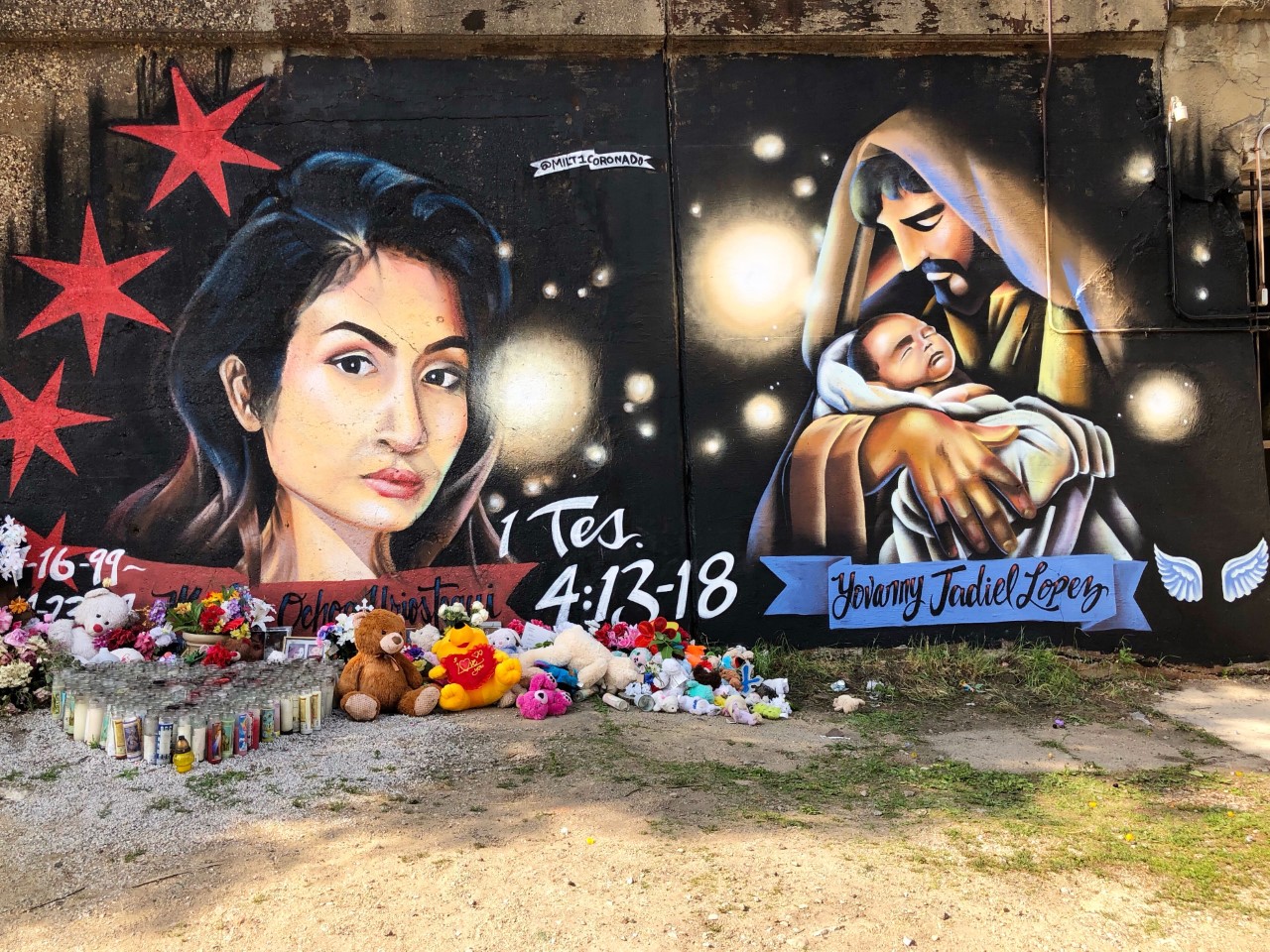Art is more human than even science. It has been a constant form of expression since before written language appeared. The first sample of writing was created about 5,500 years ago, while the first cave painting was created 40,000 years ago.
Art is part of humanity. It is a seed that as humans we plant so that in the future we can see its fruits. As the popular phrase goes, “they wanted to bury us but they didn’t know we were seeds.”
So it makes perfect sense that we continue to use art to see the change in the world around us. It is an excellent tool to communicate beyond what other mediums allow us to.
Activism and art have been excellent allies throughout history — from music that protests against discrimination to paintings that reflect the horrors of war that powerful leaders have tried to make invisible.

“The Kid From Pilsen”, a local artist, activist, and photographer in the predominantly Mexican neighborhood describes art to be a reflection of the present. But also a form to connect with the community.
For him, art is the way to give your point of view, share your story, and encourage others to do it while they can. It is clear to him that one of the characteristics that make art an inclusive medium is that “anyone can do it.”
Chris Cervantes, a digital artist from the South Side, believes that “digital art democratizes participation.”
Cervantes started with digital art because he wanted to create, but he didn’t necessarily have a canvas or paint resources to start.
He emphasizes the importance of creating a narrative within the art. “Be part of the conversation,” Cervantes said.



In the face of the message you want to give, he advises you to “say it loudly and honestly”. His message through art is to not worry too much about being correct, but instead, continue to create and participate.
So then, art and activism are very similar, right? The act of doing and acting is what contains the greatest value.
That’s how Frillz, a muralist and illustrator, also thinks about it.
As a child, Frillz would ride his bike through the streets of Logan Square, see the art on the streets, and think: “I could do it too.”
“I want my art to inspire others to create as well,” Frillz said.
That’s another factor that art and activism have in common: They’re contagious. “Art is a great way of communicating messages” and for this reason “the possibilities are endless,” Frillz added.

Milton Coronado, renowned muralist and activist, comments that art can serve as a “call to action” for a community.
Coronado is a muralist and a public speaker. Through his art, his goal is to embody hope.
For Coronado, his murals have a “strong connection to Latin American culture.” His paintings range from Vincente Fernandez to Vanessa Guillen.
His messages place special emphasis on seeking conflict resolution without using violence. His art, for him, helps him to “share his experience”, “to send a message to demand change” and to create “opportunities for dialogue” between groups with different positions and perspectives.
Coronado said he desires his art will serve as a long-term plan for change, seeking to “influence future generations.” In all honesty, I think it is being achieved.

My central question from the beginning of this piece was “is art a good medium for activism?” and it is clear that it is one of the best.
Not only because of its accessibility but also because of its ability to send messages that tend to be sometimes even more powerful than words.
The roles of murals, photos, illustrations, digital art, and many other types of art have the power to promote change. This is the interpretation that I give to Emma Goldman’s famous phrase “If I can’t dance, your revolution doesn’t interest me”: The revolution can be successful or unsuccessful, but it is art and culture that keep the fight alive.
Cover Photo: Artist Milton Coronado commemorated Marlen Ochoa Lopez, a young mother murdered in Chicago, with a mural in Pilsen. Credit: Milton Coronado.

Santiago Posada-Jaramillo is the Opinions Editor of La DePaulia. He enjoys politics, history, psychology, and video game design. He is from Colombia and new to the U.S. Santiago is a graduate student part of the MFA Game Design program at DePaul University. He decided to join La DePaulia because he believes that an informed community can make the world a better place.
Email him at opinionesladepaulia@depauliaonline.com
Publisher’s Notes: You can read Santiago’s Spanish language version of Latino artists leave messages of activism through streets of Chicago by clicking on Artistas latinos dejan la marca de su activismo en Chicago.
Illinois Latino News (ILLN) and La DePaulia are partners in best serving the Hispanic-Latino community.
